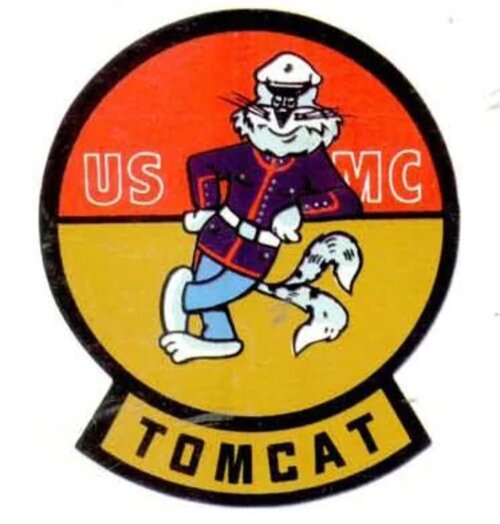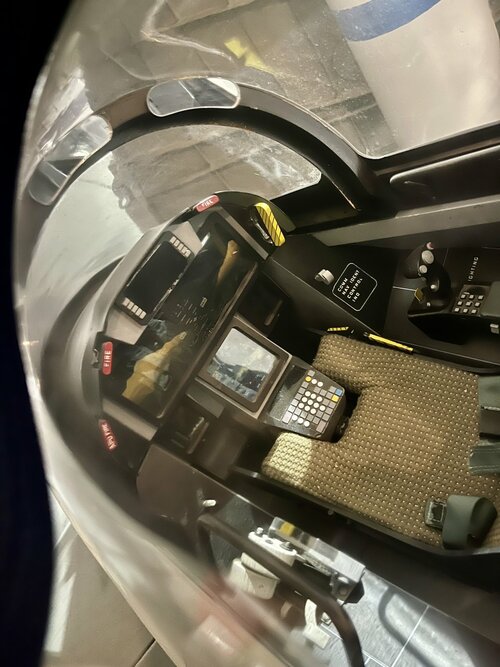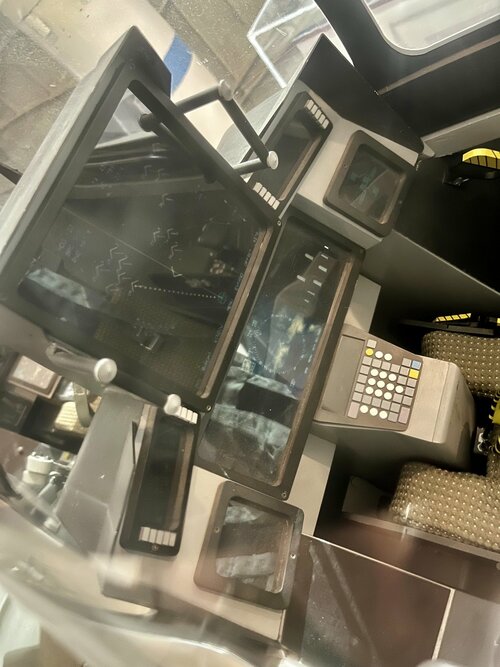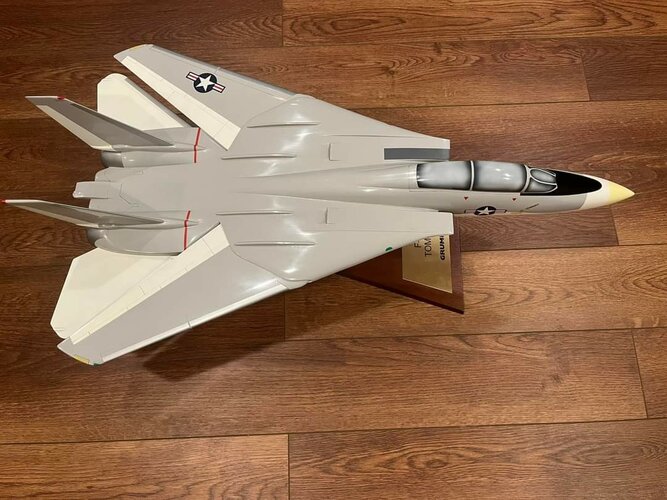- Joined
- 5 May 2007
- Messages
- 1,481
- Reaction score
- 2,855
Given that the four Marine Air Wings aren't homogeneous, I'm guessing that one of the active ones would have got two Tomcat squadrons.One Tomcat squadron per Air Wing, though I'd be shocked if the 4th Wing actually would have gotten Tomcats. 4th Marine Division and 4th Marine Air Wing are the reserve components...









